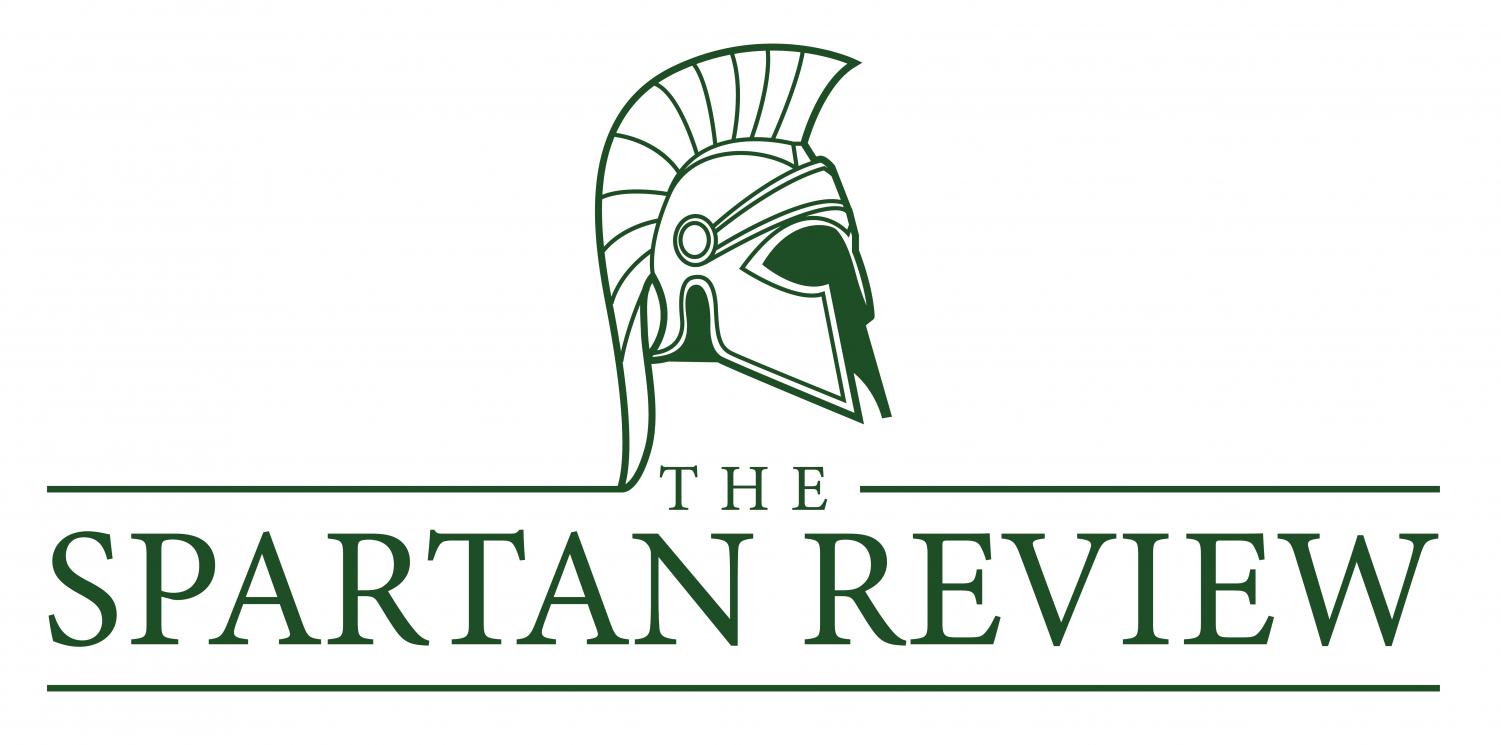As the holidays approach, a versatile staple incorporated into many different dishes is the potato. From sweet potato pie to mashed potatoes, the classic spud is sure to be found on many dinner tables. The demand for the potato dominates sales as the most eaten vegetable, with an average of 125 pounds consumed per American, according to idahopotatomuseum.com.
At Athens Academy, french fries are the most bought lunch item in the Tillman lunch room. In addition to its great taste, potatoes’ impact on the last 300 years of European history is vast. It has been a key factor in both the multiplying of populations and sparked tragic famines due to potato diseases. Nonetheless, reliance on the crop contributed to the drastic growth in the population of Western Europe (Wikipedia).
The native populations of Peru and the Andes began cultivating the tenacious crop ten thousand years ago. Explorers brought it back to Spain in 1570 and England in 1588. According to Wikipedia.com, potatoes weren’t always accepted. Most Europeans throughout the 1600s resented the crop, calling it the “devil’s apple” and associating it with witches because potato flowers are a type of nightshade that includes some plant species that are toxic.
However, peasants began eating potatoes at times of mass famines. Government officials, recognizing its supremacy, began ordering its cultivation. Due to its adaptation to survive the harsh and cold conditions of the Andes mountains, it is a resilient crop. The introduction of potatoes was essential when Europe experienced a mini ice age from 1300 to 1850, causing other crops to fail.
The Industrial Revolution resulted in a large migration of people from rural areas to cities. Because potatoes produce three times more calories per acre than grain, according to agricultureandfoodsecurity.biomedcentral.com, fewer farmers were needed to support the population, allowing people to move to cities. Suddenly, people in cities could even grow small crops of potatoes. The food supply in Europe doubled during this time, thanks to the potato.
Despite the tragedies of famine, potatoes contribute to the world. I hope you all take a moment from your feasts to appreciate the long history of the potato.
























